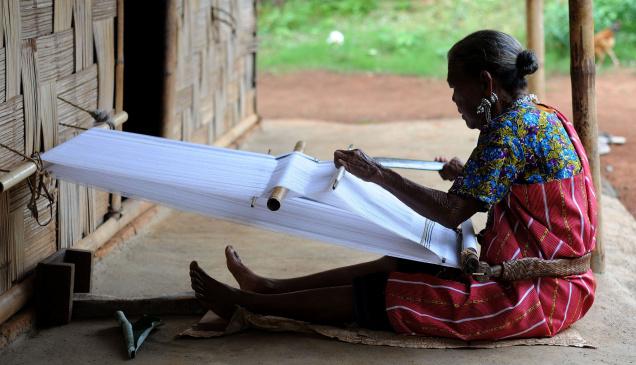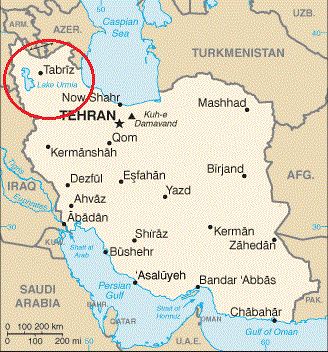Women of India Organic Festival
- The Women of India Organic Festival is conducted by Ministry of Women and Child Development.
- The aim is to boost organic culture and promote Women Organic Farmers and Entrepreneurs.
- The festival has been held annually in New Delhi since 2015.
Kumbh Mela
- Prayagraj (Allahabad) will host the Ardh Kumbh Mela 2019.
- Millions of people attend the holy festival making it the largest public gathering and collective act of faith.
- The pilgrimage is celebrated four times over a course of 12 years.
- The geographical location of Kumbh Mela spans over four locations in India.
- The Mela site keeps rotating between one of the four pilgrimages on four sacred rivers as listed below -
- Haridwar on the Ganges in Uttarakhand
- Ujjain on the Shipra in Madhya Pradesh
- Nashik on the Godavari in Maharashtra
- Prayagraj (Allahabad) at the confluence of the Ganges, the Yamuna, and the mythical Sarasvati in Uttar Pradesh.
Loin Looming of Nagaland
- Nagaland’s famed loin looms are being revived.
- Weaving with the use of the traditional loin loom is a skill and occupation that is passed down generations among women in tribal communities in the North-East.
- Traditionally, the loin loom has an economic significance as well and forms an important part of the socio-culture of tribal societies.
- The portable Naga loin loom has a back strap with a continuous horizontal warp.

- The kotong (its six sticks) functions as the warp beam.
- It is fastened to the wall of the house by loops that are set at a distance equal to the breadth of the cloth to be woven.
- The woven cloth tends to have a ribbed texture.
Lake Urima
- It is a saltwater lake.
- It is situated in the mountains of northwest Iran i.e the west of the southern portion of the Caspian Sea and is fed by 13 rivers.
- It is designated as a site of international importance under the UN Convention on Wetlands.
- The lake has been shrinking since 1995, due to a combination of prolonged drought, elevated summer temperatures that speed up evaporation, over-farming and dams.
- It became one of the worst ecological disasters of recent decades as the lake's surface which was 2,366 km2 in 2011 shrank to just 700 km2 in 2013.
- This has threatened the habitat of shrimp, flamingos, deers and wild sheep and caused salt storms that pollute nearby cities and farms.
- It has started stabilising in recent times after the implementation of a joint program between Iran and the UNDP.

Source: PIB, The Hindu

